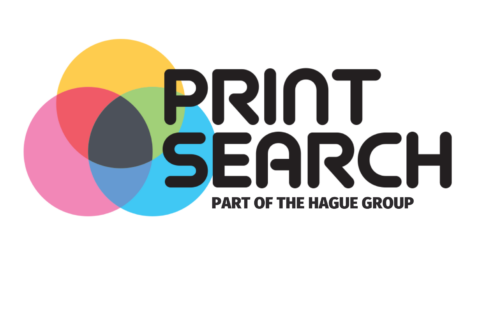How will 3D printing impact the printing industry?

As the phenomenon of 3D printing has snowballed over recent years, the printing industry has been increasingly concerning itself with how it will impact upon its ability to deliver printing solutions that people and businesses actually want. As 3D printing technology has developed, many onlookers have predicted that it will be a total revolution akin to the invention of the printing press in the 15th century. While that will probably prove to be hyperbole, what is almost certainly true is that as the technology becomes quicker, cheaper and more sophisticated, the possibilities will be endless. The conventional printing industry may not be impacted per se, but could do a lot worse than to start to position itself now in order to take advantage of future opportunities in printing solutions that are bound to open up.
As a concept, 3D printing has been around since the mid-1980s, but until recently the technology was highly specialised and unavailable to a mass market. It was rather slow, used mainly to build prototypes in manufacturing industries. But now, 3D printing can help achieve a number of things that seemed outlandish and improbable only five years ago. It is possible to build complex items with multiple moving parts relatively cheaply. Household items, spare parts, indeed almost anything can be customised, downloaded and printed at home. Some of its legitimate applications are obvious: palaeontologists and archaeologists use it to reconstruct fossils and artefacts. Forensic pathologists use it to help solve crimes. It can even be used to ‘print’ food, like something from ‘Tomorrow’s World’.
Economically, it is small to medium enterprises that are best positioned to benefit from more widely available 3D printing technology, as it means that they’ll be able to experiment and be creative with prototypes and ideas without incurring huge costs in doing so. The threat is to larger companies, for whom 3D printing threatens to destroy the concept of economies of scale, as unit production costs will remain at a constant, meaning it is as efficient to produce one thing as 1,000 of those things.
But then again, as TechCrunch’s Jon Evans has exasperatedly pointed out, 3D printing is not the same as conventional printing, or even remotely similar. They are both used for achieving different things, and therefore 3D printers will not suddenly render normal printers redundant overnight. People and businesses will always need information conveyed to them, and records of that information kept, and so conventional printing solutions will always be in demand. Printing companies still primarily deal in certificate printing, ticket printing, holographic labels etc. and 3D printing doesn’t really threaten these things. Handheld tablets, e-readers and computer databases presented much more of a threat to the printing industry in terms of how consumers access and carry around information, but it has withstood and adapted to these. So while there is understandable wariness regarding 3D printing, it won’t necessarily impact upon the existing demand for high-quality, bespoke printing solutions.















